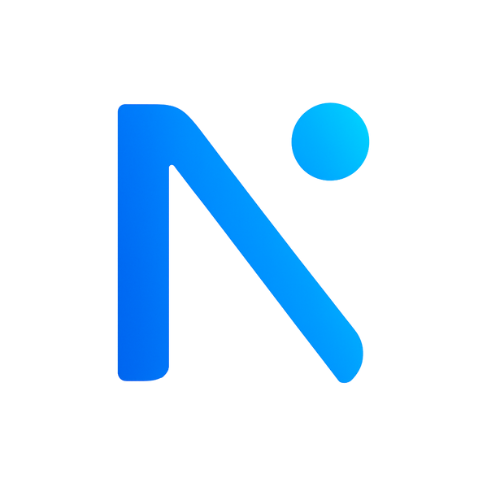You’ll need the API credentials and configuration details from your HaloPSA API application to complete this setup.
Required Information
Before starting the connection process, gather the following information from your HaloPSA system:The unique identifier for your Neo Agent API application. This was generated when you created the API application in HaloPSA’s Integrations → API → Applications section.
The secure secret key for your API application. This was shown once during application creation and acts as the password for authentication.
Your HaloPSA instance URL (e.g.,
https://yourdomain.halopsa.com or https://yourdomain.haloitsm.com). This is the URL you use to access your HaloPSA system.The ID of the Neo Agent resource you created in HaloPSA. This agent will be used for time entries and ticket assignments.
Configuring the Integration
1
Access the Neo Agent Dashboard
Navigate to the Neo Agent Dashboard and log in with your credentials.
2
Select HaloPSA Integration
From the integrations page, find and select HaloPSA from the list of available PSA integrations.
3
Enter Your Credentials
Submit the credentials you gathered from your HaloPSA system:
- Client ID: Enter the Client ID from your API application
- Client Secret: Enter the Client Secret from your API application
- HaloPSA Base URL: Enter your HaloPSA instance URL (without trailing slash)
- Agent ID: Enter the Neo Agent resource ID or username
4
Test the Connection
Once you’ve entered all credentials, Neo Agent will attempt to establish a connection to your HaloPSA system to verify the configuration.The test will verify:
- Authentication with your Client ID and Secret
- Access to the HaloPSA REST API
- Proper permissions for reading tickets and other data
- Ability to impersonate the specified agent resource
A successful connection test confirms that Neo Agent can access your HaloPSA system with the provided credentials and security permissions.
5
Save Configuration
After successful testing, save your integration configuration to enable Neo Agent workflows to interact with your HaloPSA system.
Troubleshooting Connection Issues
If you encounter issues during the connection process, check the following:Authentication Errors
Authentication Errors
- Verify that the Client ID is correct and corresponds to an active API application
- Ensure the Client Secret was copied correctly without extra spaces or characters
- Confirm the API application is set to “Active” status in HaloPSA
- Check that the authentication method is set to “Client ID and Secret”
- Try regenerating the Client Secret if you’re unsure about its accuracy
Permission Errors
Permission Errors
- Review the API application permissions in HaloPSA
- Ensure all required OAuth scopes are enabled (read:tickets, write:tickets, etc.)
- Verify that the “all” scope is selected for comprehensive access
- Check that the application has both read and write permissions
- Confirm the agent resource is properly associated with the API application
Agent Resource Issues
Agent Resource Issues
- Verify that the Agent ID or username is correct
- Ensure the agent resource is set to “Active” status
- Check that the agent has proper team assignments
- Confirm the agent has permissions to create time entries
- Verify the agent can be assigned to tickets
Network Connectivity
Network Connectivity
- Confirm your HaloPSA Base URL is accessible from external networks
- Check if any firewall rules might be blocking API connections
- Verify that your HaloPSA instance allows API connections from Neo Agent’s IP ranges
- Test the URL accessibility by opening it in a browser
- Ensure you’re using HTTPS (not HTTP) for the base URL
URL Format Issues
URL Format Issues
- Remove any trailing slashes from the base URL
- Ensure you’re using the correct domain (halopsa.com vs haloitsm.com)
- Verify you’re using your specific subdomain (yourdomain.halopsa.com)
- Don’t include
/api/or other path segments in the base URL - Use the full URL including
https://
What’s Next?
With your HaloPSA system successfully connected to Neo Agent, you can now:- Create Workflows: Build automated workflows that interact with your HaloPSA tickets and data
- Configure Automation: Set up rules for when and how Neo Agent should assist with tickets
- Train Your Team: Introduce your technicians to Neo Agent’s capabilities and how to work with it
- Monitor Performance: Track Neo’s impact on ticket resolution times and technician productivity
Your HaloPSA integration is now complete! Neo Agent can read tickets, create notes, log time entries, and assist your technicians in resolving customer issues efficiently.
